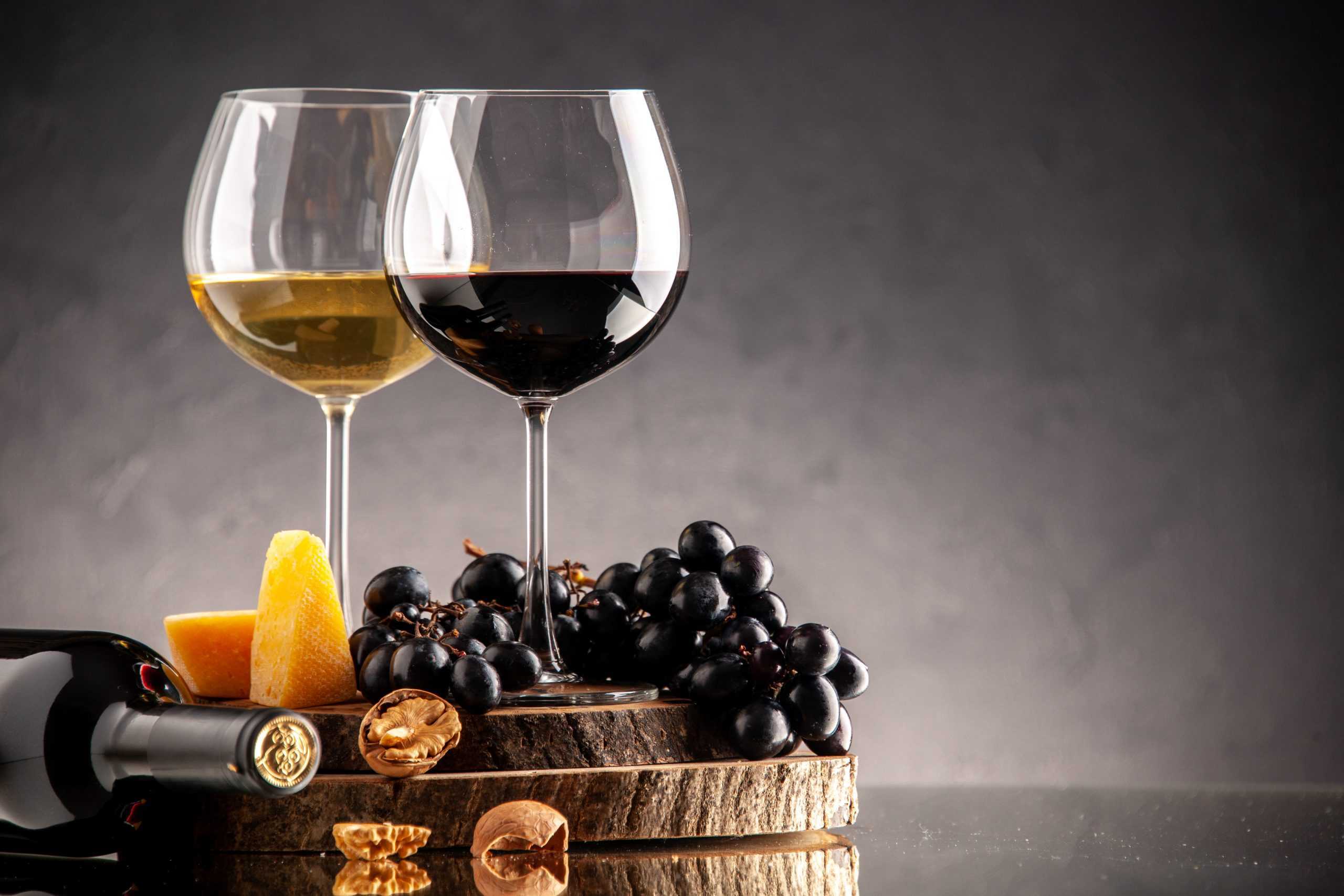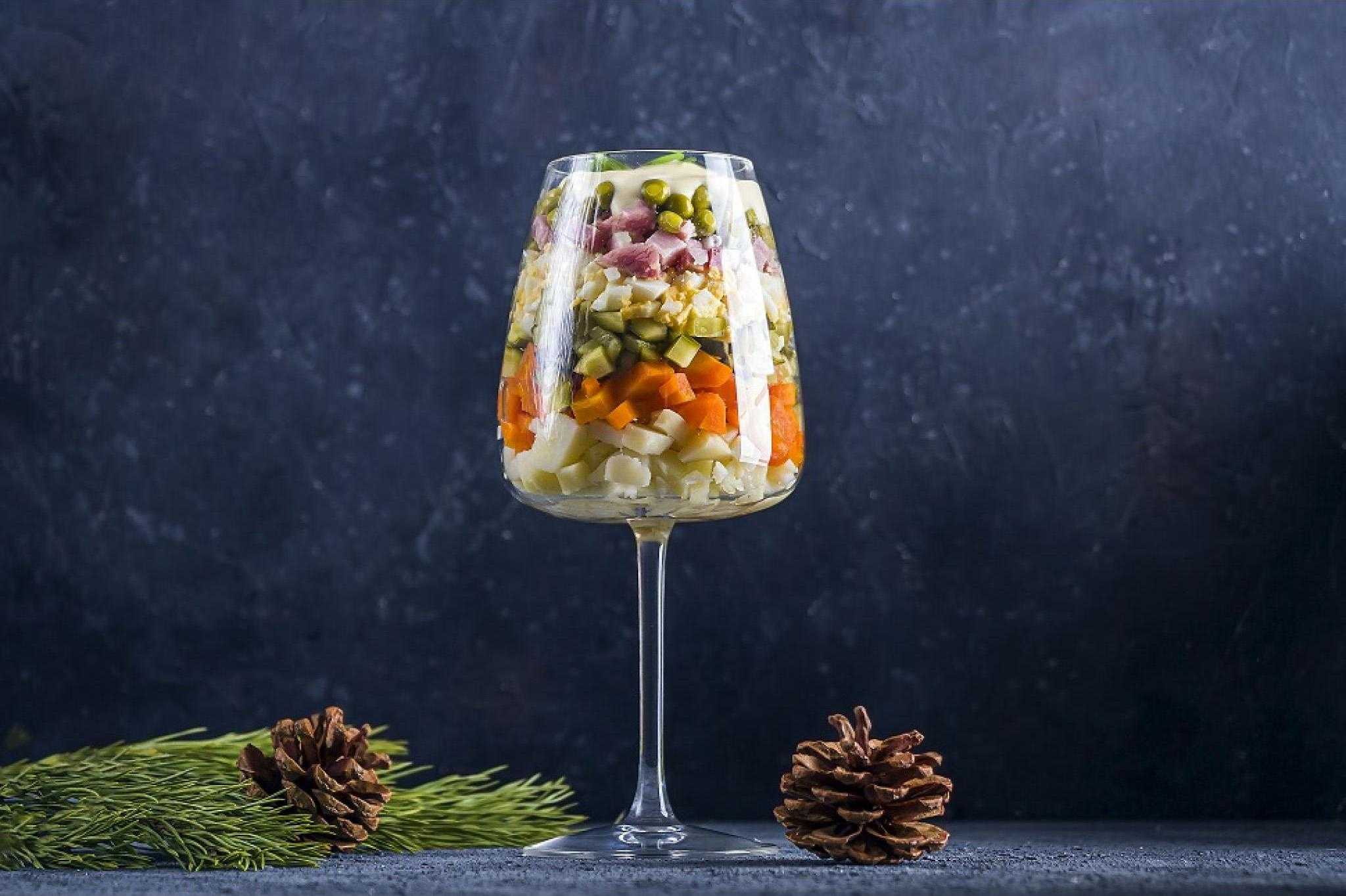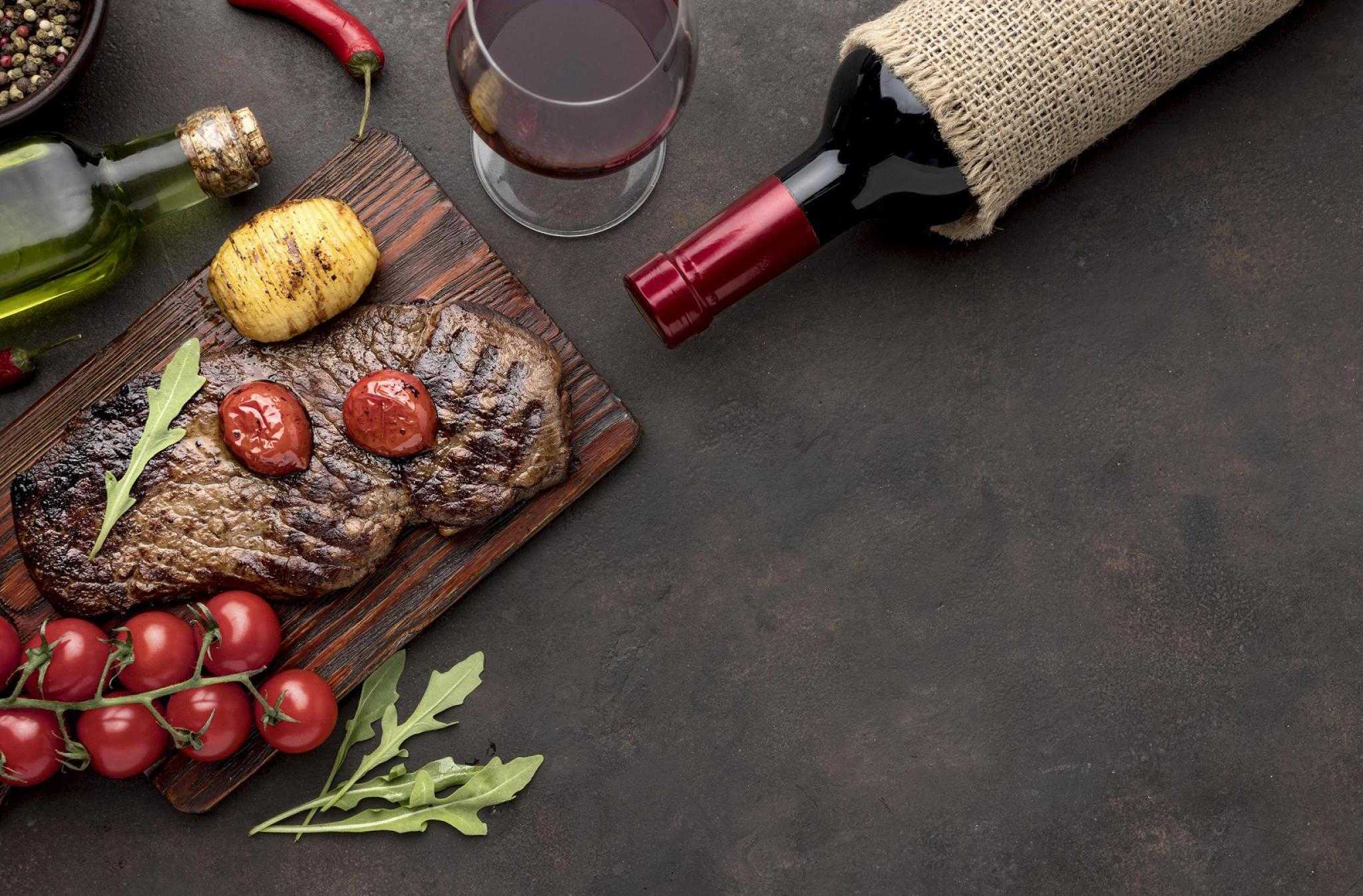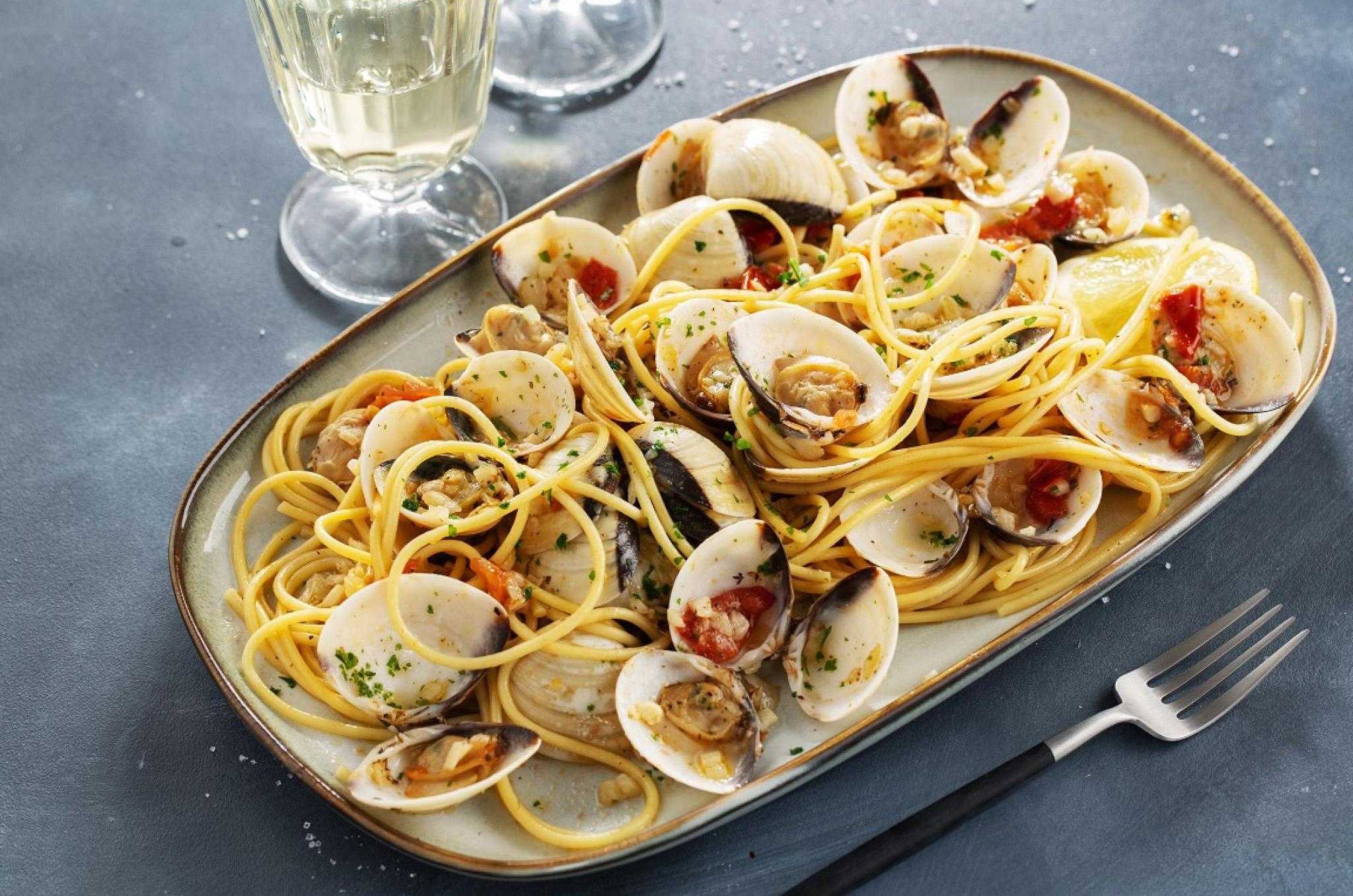Mr. Waldek rushes in the secret corners of his cell a drink in a delicious ruby color. His chokeberry “wine” is famous throughout the area. The reputation of this delicious drink is enhanced by its legendary strength. After drinking a relatively small amount, the taster gains the power of all superheroes combined. I do not have the heart to make Mr. Waldek realize that his pride and boast did not even lie next to the wine and certainly has no right to bear this noble name….
The moderately savvy connoisseur of this fine product knows that wine is an alcoholic beverage made from the fruit of Vitis vinifera (grapevine proper). Only and exclusively. Period. So you can’t call a wine a product made from apples, chokeberries or – horror of horrors – from rice. Calling such alcoholic products wine is wrong, and some even consider it blasphemy. For wine to be wine, the fermentation process must go through fresh grapes or their juice (must). However, if Mr. Waldek had wanted to produce his magic drink in a more traditional way, he might have been sorely disappointed. The beverage would never reach the strength he desired. This is because the alcohol content of wine ranges from 6 to 16%. Why not more? – Many a disappointed Pole would ask. Well, no more, because the yeast that turns sugar into alcohol in wine dies at concentrations higher than 16%.
But if wine is extracted only from one type of fruit, why are there so many variants of it, differing in color, aroma, taste and – above all – price? There is no clear answer to this question. After all, a great many factors influence the quality, character and style of a wine.
One must start with the fact that wine is an agricultural product. Like any agricultural product, it depends on the environment in which the vine grows and matures. It is best defined by the French word terroir (literally translated: land, soil, role). This one word is used to describe a set of factors closely related to the area, independent of man. Thus, the word terroir includes both soil, climate, annual precipitation and, finally, terrain and the location of the vineyard itself. The best wines are made in vineyards located on hillsides with good sunlight and stretching along rivers.
The taste of the wine very much depends, of course, on the strain from which it was made. The strain, or grape variety, is therefore of paramount importance to the consumer. About 9,500 grape varieties have been classified in the world to date. Wine can be made from all of them. Each yields a wine with a different style and characteristics. Fortunately, the economic importance is only a few hundred strains. And for the average wine aficionado, knowledge of a dozen or so of them is more than enough to enable him to smoothly navigate the wine world.
Renata Pyśkiewicz – Kowalska





